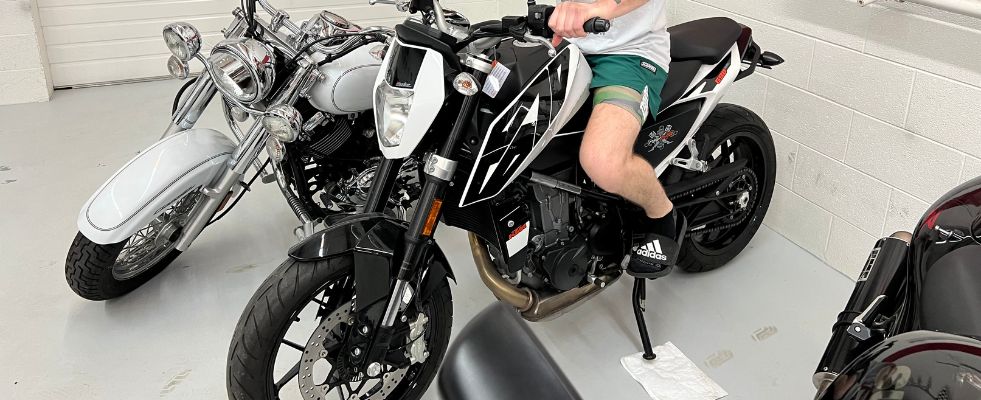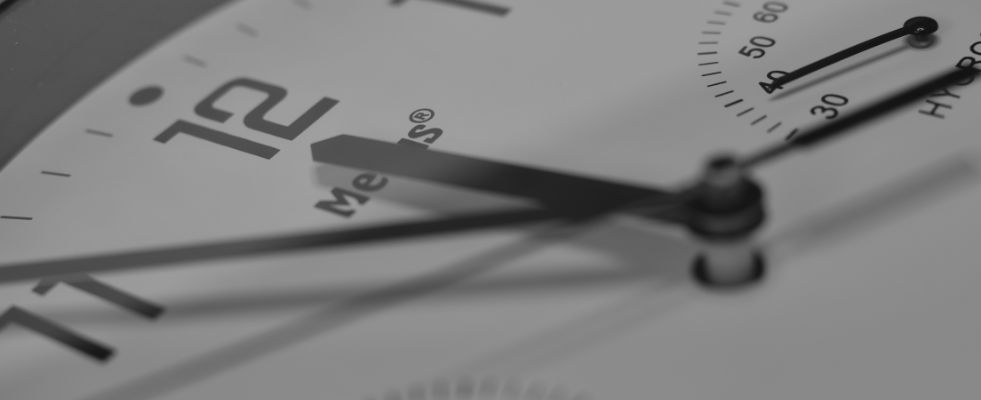Buying a motorcycle can be both exciting and a bit overwhelming, especially with so many options and factors to consider.
Whether you’re a first-time buyer or adding another bike to your collection, understanding the buying process is crucial for finding a great deal and getting the right bike for your needs.
From new bikes at dealerships to pre-owned options through private sellers, each buying route has its own pros and cons.
This guide will walk you through everything you need to know to get the best deal possible, saving you both time and money.
Why Finding the Right Deal Matters
Knowing where and how to find a good deal can make all the difference—not only in the purchase price but also in the bike’s long-term costs.
This is especially important if you are buying your first motorcycle because the costs can take you by surprise.
Savvy buyers don’t just look at sticker prices; they consider factors like maintenance, reliability, insurance, and resale value.
With a solid strategy, you can find a motorcycle that fits your budget without sacrificing quality or performance.
Know Your Needs and Budget

Before you start browsing, it’s essential to know what type of motorcycle fits your lifestyle and budget. This not only helps you avoid overspending but also ensures you’re happy with your bike in the long run.
Determine the Type of Motorcycle for Your Needs
- Consider where you’ll primarily ride: city streets, highways, or off-road.
- Think about your skill level. A sportbike might be tempting but may not be ideal for beginners, while a cruiser or standard model can be more forgiving.
- Factor in intended usage—daily commuting, weekend adventures, or occasional long-distance trips? Each type (cruiser, sport, dual-sport, touring) serves a different purpose.
Set a Realistic Budget
- Account for the full cost, including registration, insurance, and protective gear.
- Factor in ongoing costs like maintenance, repairs, and potential upgrades. Older models may be cheaper upfront but could require more maintenance.
- If financing, ensure monthly payments are manageable within your budget.
- Media Recommendation: Include a budget breakdown graphic in this section. A visual showing typical expenses beyond the purchase price, like gear, insurance, and maintenance, can help readers see the full financial picture.
Research: Where to Find Deals
Understanding where to shop is key to finding the best deals on motorcycles.
Each source—dealerships, private sellers, and online marketplaces—has its own set of advantages.
Dealerships vs. Private Sellers

- Dealerships: Offer warranties, financing, and certified pre-owned bikes, but prices are usually higher.
- Private Sellers: Often have better prices, especially for used bikes. However, there’s typically no warranty, and the condition can vary widely.
Online Marketplaces
- Popular platforms like Craigslist, Cycle Trader, and Facebook Marketplace provide a wide selection and often better prices. However, be cautious and avoid scams by meeting sellers in person and inspecting the bike thoroughly.
- Set alerts or monitor listings to stay updated on new deals, as motorcycles at good prices can sell quickly.
Ninja Tip: Before buying a used, check out our Guide on How to Inspect a Used Motorcycle.
Special Events and Sales
- Keep an eye on seasonal sales or dealership events, like Black Friday or end-of-year clearance sales. Dealers may discount older models or offer incentives to clear inventory for new models.
- Factory promotions can also provide added savings, particularly on closeout models.
Local vs. Regional Variations
- Prices can vary by region; rural areas might have fewer choices but potentially lower prices, while urban areas have higher availability but may also come with higher price tags.
- Be open to expanding your search radius. Some buyers find success traveling to nearby states for better deals.
Timing Your Purchase
When it comes to getting the best deal on a motorcycle, timing can be everything.

By knowing when to shop, you can often take advantage of seasonal shifts in pricing and dealer incentives, potentially saving hundreds or even thousands of dollars.
Best Times of Year for Deals
- End of the Riding Season: As the colder months approach, demand for motorcycles tends to drop. Dealers are often more willing to negotiate to move inventory that would otherwise sit through the winter. This makes late fall a great time to score deals on both new and used bikes.
- Winter Months: December through February are generally the slowest months for motorcycle sales, so dealers are usually motivated to discount bikes to boost sales.
- Off-Season Advantages: Buying in the off-season means you might need to wait a few months to ride, but the potential savings can make it worthwhile.
Manufacturer Clearance Periods and Dealer Incentives
- Model-Year Closeouts: New models typically release in late summer to early fall, so dealerships may offer discounts on the previous year’s models. This is a prime time to find deals on new bikes that aren’t technically “current” but still have full warranties and zero miles.
- Dealer Incentives: Some manufacturers and dealers offer promotions, like low or zero-interest financing, rebates, or even free accessories, during specific times. Always check for these deals before making a purchase.
Inspection Tips for Used Motorcycles
Buying used can be a great way to get a quality bike at a lower price, but it’s essential to thoroughly inspect any used motorcycle to avoid costly surprises later on.
Feel free to review some of the tips below, or check out our Full Guide on Inspecting a Used Motorcycle.

Visual Inspection: Signs of Damage or Wear
- Check for any visible damage like scratches, dents, or signs of repair on the frame and body. Pay close attention to the forks, fuel tank, and swingarm, as these areas can reveal past accidents or rough handling.
- Inspect the tires for uneven wear, cracks, or bulging, which may indicate alignment or suspension issues.
- Examine the paint and finishes on the engine and exhaust for any signs of rust or leaks, which can signal neglect.
Mechanical Condition: Engine, Brakes, and Tires
- Engine: Start the engine to listen for odd noises like rattling, ticking, or knocking. Excessive exhaust smoke could signal engine trouble.
- Brakes: Check brake pads and rotors for thickness and signs of wear. Squeeze the brake levers to ensure they feel firm and responsive.
- Tires: Tire tread depth is important for safe handling, so look for even wear across both tires and sufficient tread depth. Uneven wear can mean alignment issues.
Paperwork and Title Checks
- Verify the title is clear and free from any liens. A lien-free title means the seller has paid off any loans or debts on the bike.
- Ask for maintenance records, if available. Consistent service records are a sign the bike has been well-cared for, which can reduce the risk of unexpected repairs after purchase.
Negotiation Tactics for the Best Price
Negotiation is an essential skill when buying a motorcycle, whether you’re dealing with a dealership or a private seller. With the right preparation and approach, you can often get a better price or extra benefits.

Preparation: Know the Market Value and Set a Target Price
- Research the average market value of the model you’re interested in based on its year, mileage, and condition. Sites like Kelley Blue Book or Cycle Trader can help provide ballpark values.
- Set a target price based on your budget and the market value, and be prepared to walk away if the seller won’t meet it.
Dealer-Specific Tips
- Ask for Financing Options: If the dealership isn’t willing to lower the price, inquire about financing incentives. Many dealerships offer low-interest financing or zero-interest deals, especially at year-end.
- Negotiate for Extras: Sometimes dealerships have limited room to move on price, so instead, negotiate for added perks like free servicing, accessories, or an extended warranty.
Private Sellers: Benefits of Cash Offers and Flexibility
Cash Offers: Many private sellers are willing to lower the price for cash buyers since it means they avoid the hassle of financing delays. Offering cash can sometimes secure a better deal.
Be Flexible with Pickup and Payment: If you’re able to accommodate the seller’s timeline for pick-up or have fewer requirements for finalizing the sale, they may be more inclined to lower the price.

